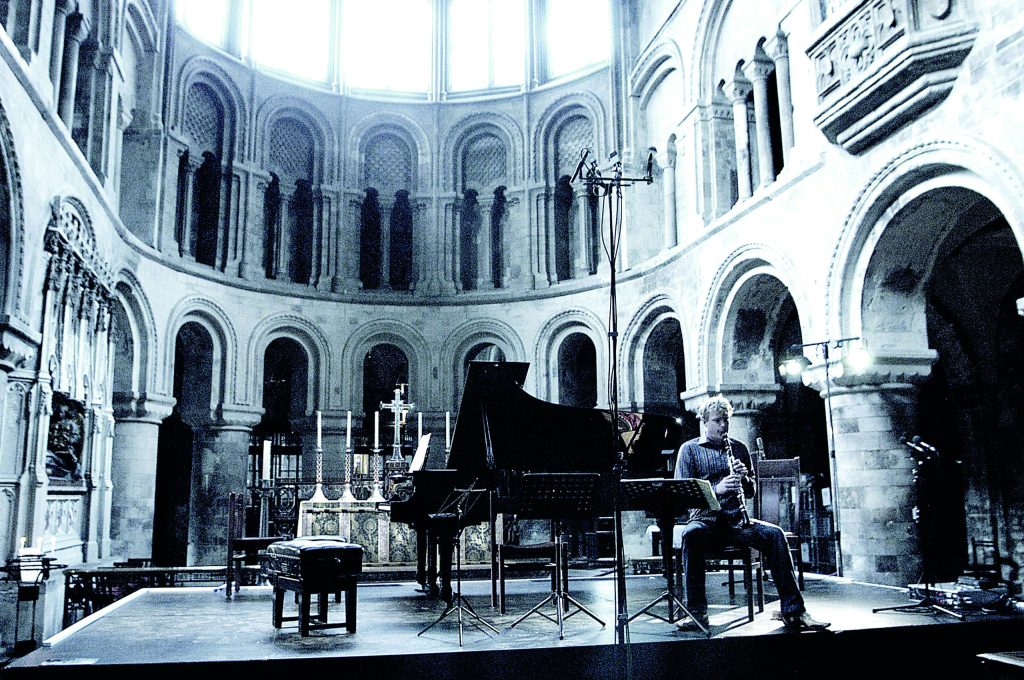There is only one place in the world that has played host to both the Virgin Mary and Benjamin Franklin, and it is in trouble. At St Bartholomew the Great, London’s oldest parish church, the beams of the Lady Chapel are rotting. Rebuilt in the 14th century, the present chapel stands on the site of a much older structure. It was here, sometime in the late 12th century, that a monk named Hubert was visited by the Virgin. She was not best pleased; the praises offered to her, she complained, were no longer up to scratch. Hubert hurried to relay this to his fellow monks. All of them, from that time on, made sure to raise ‘a readier praise of her name’. Such was the impact of what remains, to this day, the only recorded appearance of Christ’s mother in London.
The centuries passed. In 1724, the young Benjamin Franklin, newly arrived in town, was looking for a job. He found one as a type setter in a printer’s shop. The shop, once upon a time, had been the Lady Chapel of St Bartholomew’s. Much had happened to the church since the Virgin’s appearance to Hubert. The priory of which it was once a part had been dissolved in the Reformation. The majority of the monastic buildings had been demolished. The Lady Chapel had become a private residence. By the time that Franklin came to work there it was housing a dancing master as well as the shop. The chapel was to remain in private hands for a further century and a half. Only in 1885 was it bought back by the church. Only in 1897 was it finally restored to worship.
Today, the Lady Chapel needs £280,000 ($390,000) to save it from perhaps terminal damage. It seems a bargain. Few buildings in London are as saturated by the past. Unsurprisingly, the church is full of ghosts. The most famous is Rahere, a favorite of Henry I (and according to some traditions, his jester). While in Rome on pilgrimage, Rahere fell ill with a fever, and was granted a vision of St Bartholomew. On his return to London, he founded, in addition to a priory, the hospital that still bears St Bartholomew’s name.
Rahere’s tomb can still be seen in the church, and his ghost has been appearing ever since, in the 19th century, it was opened by workmen, who removed his sandal. The moral is clear: never steal a prior’s footwear. An unsettling legacy of the Reformation was found in 1849, when workmen digging a new sewer opposite the entrance to the church found a mass of blackened stones. These, so it was claimed, were ‘covered with ashes and human bones, charred and partially consumed’. The antiquary was in no doubt that the find bore witness to the most notorious episode in the reign of Mary I: the execution of Protestants in Smithfield, the great market on the church’s doorstep. St Bartholomew the Great will celebrate its 900th birthday in 2023. There is much to celebrate. It has survived the Black Death, the Great Fire of London and the Blitz. Deborah Mitford got married in it; Hugh Grant was filmed getting (almost) married in it. As much as any building in London, it bears witness to what T.S. Eliot called the ‘pattern of timeless moments’. It is a precious place indeed.
This article was originally published in The Spectator’s April 2021 US edition.


















